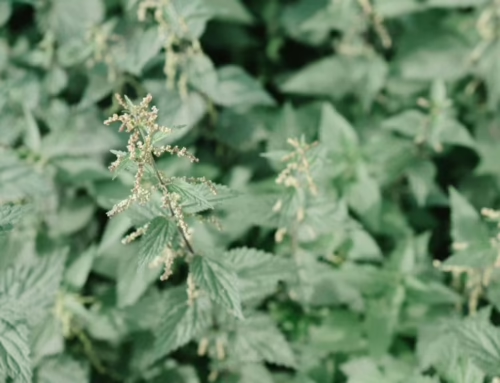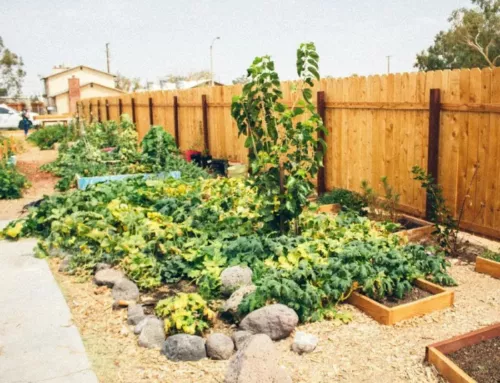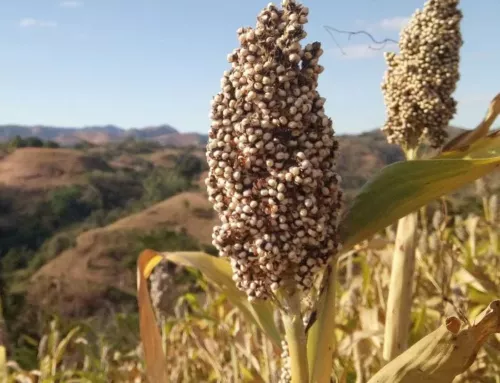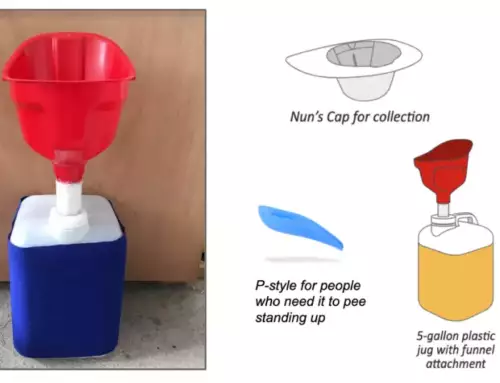By Richard Robinson, Farmer at Hopestill Farm
I begin planting spring crops inside in late January, and by the beginning of March I’ve already got lettuce transplants, arugula, and radishes growing in the hoop houses, along with fall-planted spinach which is ready to harvest. But the month of March brings an exponential increase in the pace of planting, both inside and outside. Keeping up with that pace, and taking some risks against the weather, makes for an early and bountiful harvest later in the spring.
Peas: The usual advice is to plant “as soon as soil can be worked,” which, with warmer winters and deep mulch, can be as early as the first week in March. They may take a couple of weeks to emerge and will grow slowly, but there is no better way to get the very earliest peas. Row cover can help them warm up a bit on sunny days and will keep the wind off as well. For the earliest crop, I like Sugar Ann, which flowers a full week ahead of Sugar Snap, and tastes just as good. It doesn’t bear as heavily though, so my main crop—planted a few weeks later—is still Sugar Snap.
Spinach: Spinach is probably the cold-hardiest crop in the garden, which is why I plant most of it in the fall. But for extending the harvest into late spring, I plant more now. Direct seeding works well—I use an Earthway, which makes for passable, though inconsistent, spacing—but for the best production, transplanting is probably a better way to go. Spaced at about 5 inches, leaves can get enormous and remain delicious.
Lettuce: Lettuce begun inside can be transplanted outside toward the end of the month, with several layers of row cover to protect it against cold nights. In my experience, most lettuces can withstand 30-32 degrees quite nicely with row cover, and even lower if they’ve acclimated. I leave my cover right on the plants, without hoops, which I think keeps them a bit warmer. Cold-hardy varieties are a must—I like Winter Density, Ret-tinged Winter, and Salad Bowl.
Peppers: Not for outside, of course, but early March is a good time to start peppers indoors, if you have light and warmth. Heat is essential for sprouting the seeds—they take weeks unless kept above 80 degrees. And I want to get them going as fast as possible: even though I transplant them into the hoop houses in early May, it will still be late July before I get the first red sweet peppers.
Tomatoes: I doubt I’m the only gardener who has to force himself not to start tomatoes too early—as the days warm and lengthen in early March, I have to fight the urge to plant hundreds of tomatoes across the 18 varieties I will be growing this year. But I don’t aim to transplant them into the hoop houses until the third week in April, weather permitting, and I don’t want them to get too big while they are indoors under lights, so I wait until the last week of March to begin seeding my early go-to varieties: Juliet, Sakura and Polbig (a determinate). Even then, it’s risky to transplant out if the weather isn’t going to warm up quickly, and I’ve had some substantial problems trying to push tomatoes out the door and into the ground too fast.
For next month’s newsletter, I’ll offer some hard-won tips about how to increase the chances of success while getting the earliest possible tomatoes.
Want to learn more about hoophouse growing? Check out this archived webinar, Simple Greenhouse and Hoophouse Improvements on the NOFA/Mass YouTube channel.





